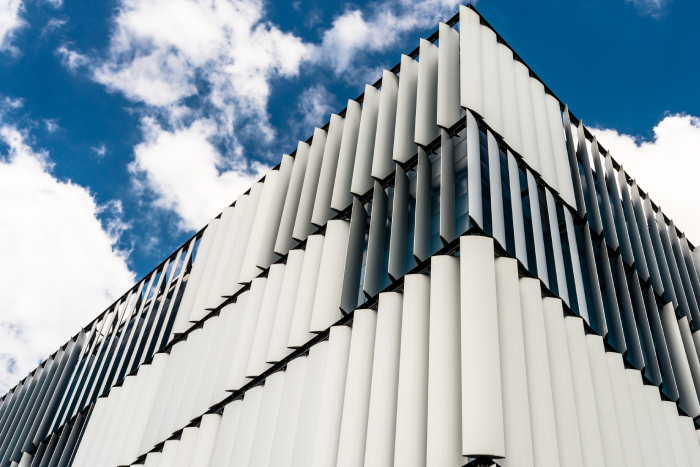Anodising
Anodising is an electrochemical process used to coat aluminium with an aluminium oxide (Al2O3) protective film that is 5 to 25 microns deep in the case of protective anodising and up to 100 microns in the case of hard anodising.
An aluminium profile is transferred by a system consisting of a number of processes that involve rinsing, pre-treatment preceding precise thermal treatment, proper oxidation, colouring (also through electorlysis) and sealing.
Anodising provides the profile with excellent protection, especially against moisture and dust. It also increases its durability and resistance to abrasion, wear and corrosion, while ensuring an aesthetic finish in an unlimited number of colours.
Our manufacturing plants have 5 lines for anodising with a 68 000, 30 000, 24 000 and 20 000 A current, holding the Qualanod quality certificate. We are able to anodize profiles up to 14 000 mm long in any finish, such as matte, satin, smoothed or polished. Our annual manufacturing capacity in the field of anodising is 25 000 tons of profiles.

5 lines for anodizing with a 68 000, 30 000, 24 000 and 20 000 A current
Maximum anodising length: 14 000 mm
Electrostatic dyeing up to 25 µ
Physical processing: smoothing, roughening, grinding and polishing
Max. manufacturing capacity: 25 000 tons of anodized profiles annually
